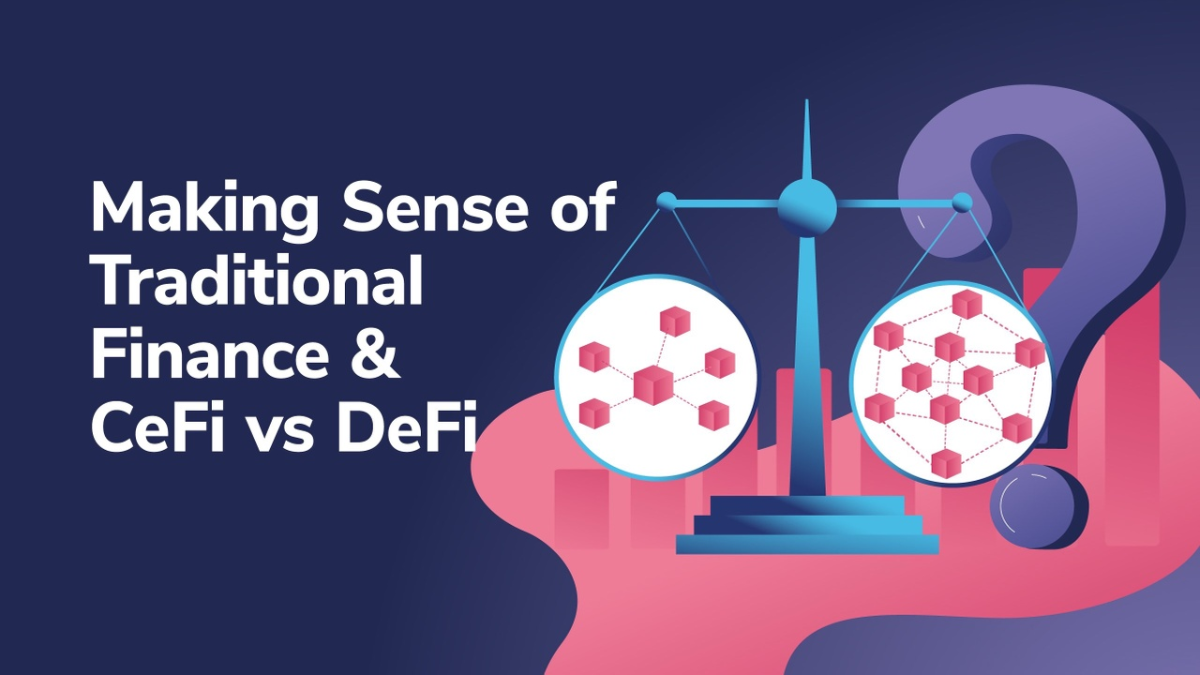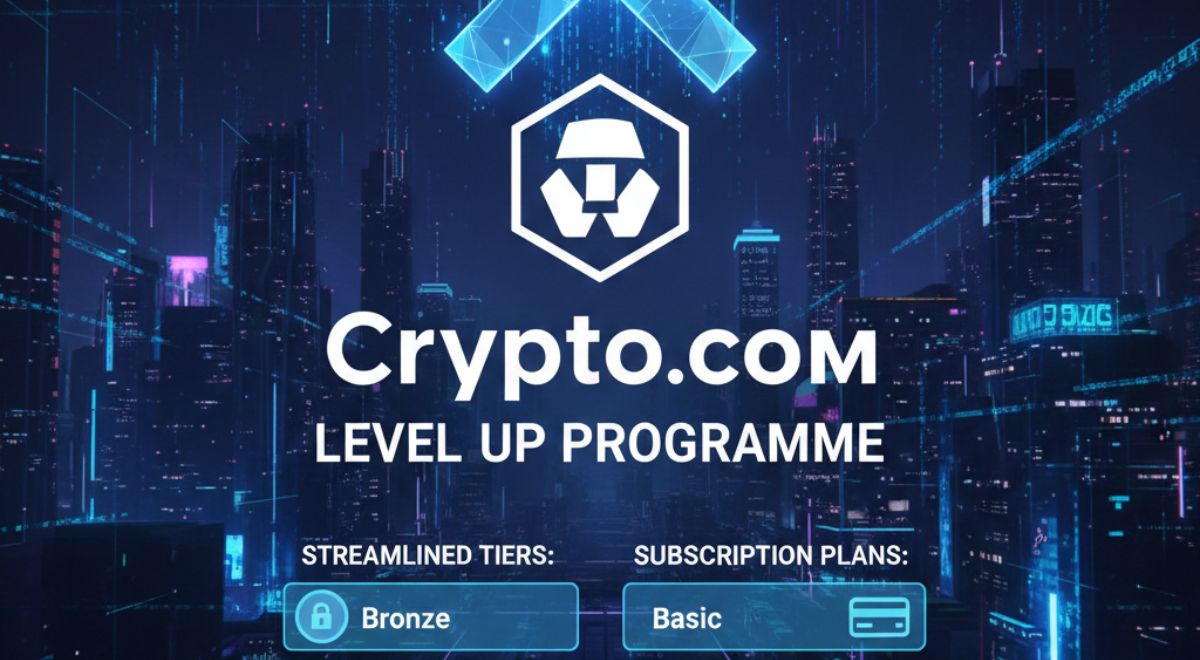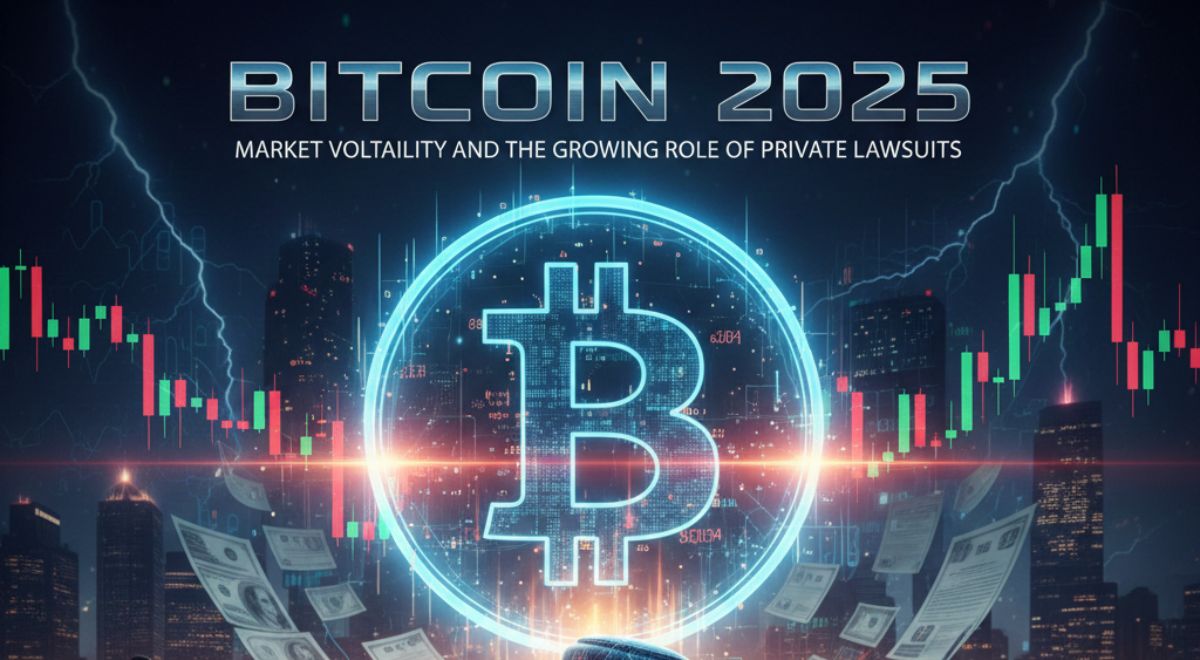We are barely a quarter into the 21st century, and countless innovations are changing the faces of industries, one being the finance world. If you walked into a coffee shop with only your credit card a decade earlier, when upstarts like the blockchain were yet to acquire prominence, you would have had little choice but to dispatch payment with your credit card. All while conscious of the invisible hands of the bank as it effected the transaction. Today, Decentralized Finance or DeFi, as it is popularly known, offers a different option. The article explains all you need to know about decentralized finance and how it stands out from its age-long counterpart, traditional finance.
Also Read; Best Defi Lending Platforms in 2024
Table of Contents
ToggleWhat is TradFi?
Traditional finance is easily defined as the financial system as we have always known it. It comprises a network of banks that manage their clients’ finances. They are subject to regulatory scrutiny and are slower than their decentralized counterpart in processing transactions.
What is DeFi?
Unlike traditional finance, DeFi operates outside the bounds of a central manager. It does not rely on a central bank to supervise transactions or leverage intermediaries in executing payments. Instead, DeFi runs on a technology known as the blockchain. You can think of this as a stream of separate information warehouses, each containing data that is validated in every other. Like warehouses, each block has a storage limit. Once that is reached, it is sealed, connected cryptographically to the preceding block, then a fresh one is created. The consistent process of closure, linkages, and creation is what forms the chain. Blockchains can serve a variety of purposes but are primarily used for documenting financial transactions. The data enclosed in blocks cannot be altered or erased by anyone, forming one of the core layers of the system’s security.
As opposed to what obtains in the centrally managed realm of traditional finance, blockchain is decentralized in the sense that its nodes (computers) are dispersed across various locations. Attacks that would otherwise be launched on a single server site now have to be directed at multiple places. Where data on one node is compromised, other systems can reassess the validity of its data and determine which part of the network is responsible for the wrong input, as is the case with Bitcoin. However, the true measure of decentralization on a blockchain is in the fact that no single person or entity is in charge of the operations.
Also Read; How the Biggest DeFi Hacks in History were Achieved
Differences between DeFi and TradFi
The most significant difference between DeFi and TradFi is control. In the former, no individual or establishment is in charge, while in the latter, banks and related financial institutions are. However, decentralized finance is not without its downsides. While it makes individuals the sole managers of their monies and removes the fees they would otherwise have paid to the bank, it is very vulnerable to fraudulent activities. DeFi is famous for scams, hacks, and extreme price movements. In many cases, users are left stranded as they do not have the protections that the regulated TradFi environment offers them. It is generally advisable that investors conduct adequate research before joining the DeFi ecosystem to avoid losing their funds.











